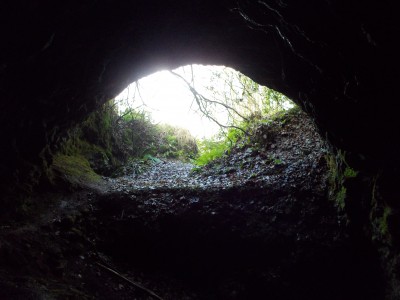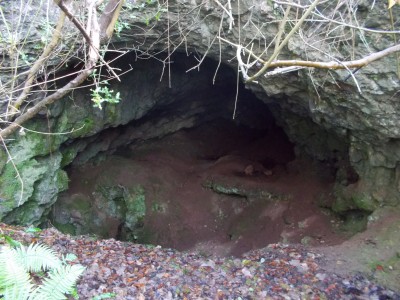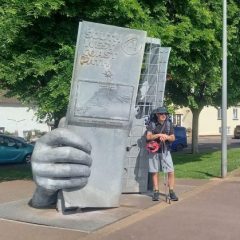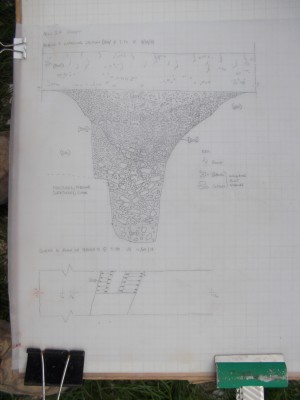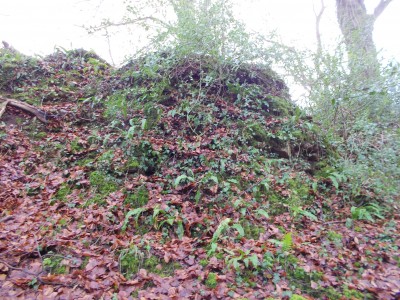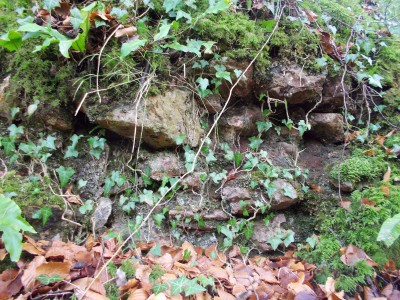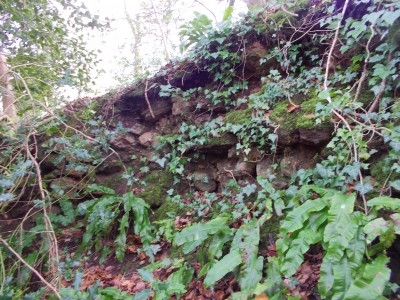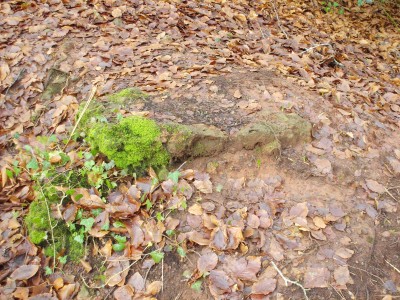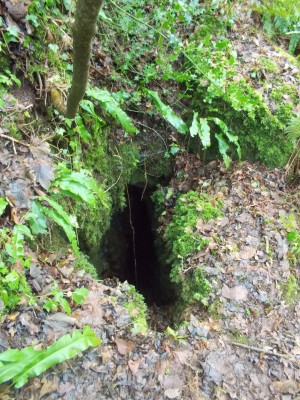English Heritage carried out an analytical eathwork survey of Richmont Castle in March 2008 (see pdf below).
“The castle ruins have been badly affected by stone robbing and later mining activity and all that remains is a small fragment of the rubble core of the curtain wall near the donjon and the partial remains of the donjon. The earthwork evidence shows that the castle includes two concentric banks and a third, possibly earlier, outer bank and ditch. The castle lies at the end of a spur with deep combes on either side. The western combe was dammed just below the donjon, providing a fishpond and a watery landscape along the valley. Map evidence would suggest that there was a small deer park to the south and east of the castle as well as a possible deer course” (Brown, 2008. EH).
Note: the underlying geology comprises Dolomitic Conglomerate, although part of the Mercia Mudstone Group it is not Keuper Marl as stated in the EH report.
In the combe a few remants of the castle are still visible although overgrown in places.
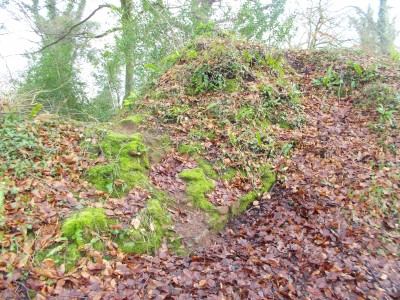
Part of a tower [donjon] remains can be seen to the northwest of the site and, here some remnants of wall are still standing.
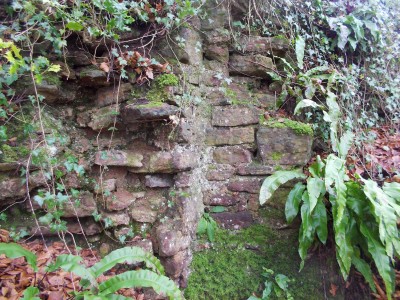
Around the castle site glimpses of other structures are evident.
In the valley floor to the west of the castle are the remains of a dam, suggested to be medieval in date.
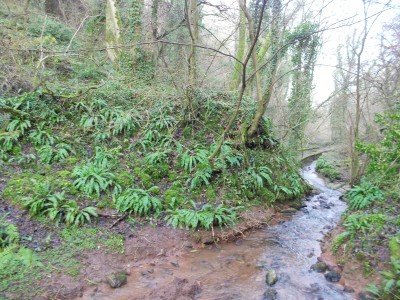
Where the dam has been breached there is some possible evidence of the dam’s construction.
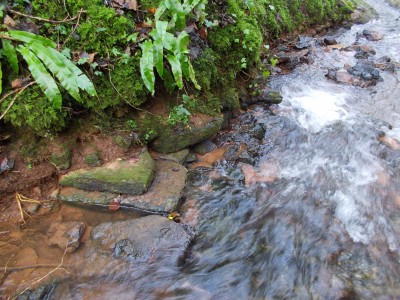
Further up the valley are the remains of a second dam.
The castle site and combe are well worth a visit, especially with a copy of the earthwork survey – and bring a light to explore the mines located nearby.
